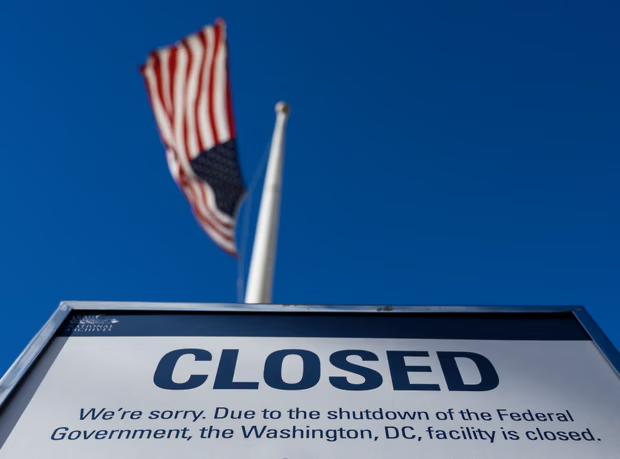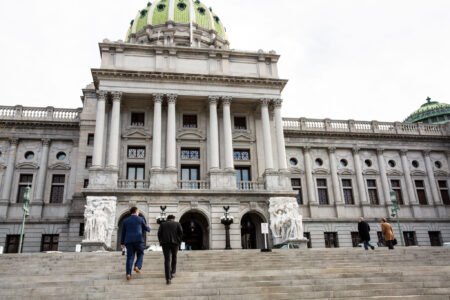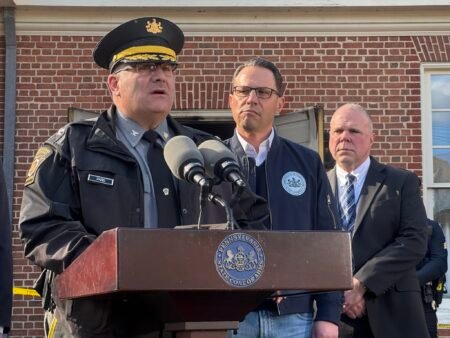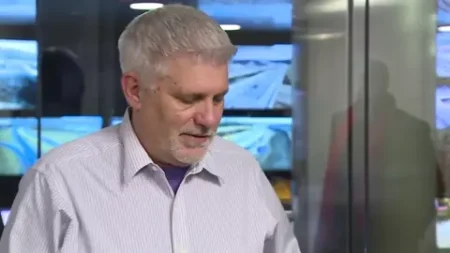The United States has entered another government shutdown after lawmakers failed to approve funding for the new fiscal year. Large parts of the federal government have now closed their doors, leaving workers and services in uncertainty. Shutdowns are not new, but Government Shutdown 2025 is being seen as more serious than past ones because the White House has threatened permanent layoffs of federal employees. This warning has raised fears of long-term damage to government services and the economy.
A government shutdown happens when Congress does not pass a budget or stopgap bill to keep agencies open. By law, non-essential agencies must suspend operations. Employees in those agencies are furloughed without pay, while essential staff, such as those working in national security, air traffic control, and medical services, must continue to work without receiving wages until the shutdown ends. Millions of Americans are affected when these closures take place. Essential services like Social Security, Medicare, and mail delivery continue, but other programs slow down or stop altogether.
The shutdown began because Democrats and Republicans could not agree on a short-term funding plan. Republican leaders proposed a bill to extend government operations until November 21. Democrats blocked the measure, demanding a reversal of recent Medicaid cuts, an extension of health insurance subsidies under the Affordable Care Act, and restoration of public media funding. Republicans dismissed these demands as unacceptable, leaving both parties at a deadlock. Talks between congressional leaders and the president failed to reach any agreement, and the House is not expected to vote this week. Both sides are now blaming each other for the crisis.
Shutdowns have occurred many times before, with the longest in modern history lasting 34 days in 2018. That shutdown left around 800,000 federal workers without pay. Government Shutdown 2025, however, carries added risks. Unlike past shutdowns, when furloughs were temporary, the White House has instructed agencies to prepare for permanent staff cuts. A memo from the Office of Management and Budget told agencies to draft reduction-in-force notices for programs not aligned with the president’s priorities. This could mean that thousands of workers may lose their jobs for good. Earlier this year, about 300,000 federal employees were already dismissed as part of a government efficiency campaign, and the current shutdown could expand those cuts.
The president has said that a shutdown can help remove what he called wasteful programs and “things we didn’t want.” Critics argue that this is a way to target programs linked to the opposition. Unions representing federal workers have reacted strongly. Two major unions have filed lawsuits, accusing the administration of illegally threatening mass layoffs during a shutdown. Leaders in the opposition party have also said they will not be intimidated by these threats.
The impact on workers is expected to be widespread. The Congressional Budget Office has estimated that around 750,000 federal employees will be affected each day of the shutdown. Those placed on furlough will not receive paychecks, while others, such as border agents and military staff, must work without immediate pay. The Department of Education has said almost all of its employees will be furloughed. The Department of Homeland Security will keep most of its workforce on duty, but with limited resources. National parks will remain partly open but without full services, raising concerns about safety and cleanliness. During the 2019 shutdown, national parks suffered from trash buildup, staff shortages, and even accidents. Officials warn that similar problems could happen again.
The economic and social risks of Government Shutdown 2025 may not be felt immediately but could build over time. Tourism could suffer as national landmarks and museums operate with fewer staff or remain closed. Businesses that depend on federal contracts could face delays in payments. Food-safety checks, immigration hearings, and research programs are expected to slow down. Analysts warn that if the shutdown continues for weeks, it could slow economic growth, unsettle financial markets, and weaken public trust in government institutions.
Political analysts say shutdowns have become a regular part of budget battles in Washington. Instead of compromise, both parties often use the threat of a shutdown as leverage. With Congress so divided, the chance of a quick resolution looks slim. For federal workers waiting for pay and for millions of Americans who rely on government services, Government Shutdown 2025 could become one of the most damaging shutdowns in recent history if lawmakers fail to act soon.







